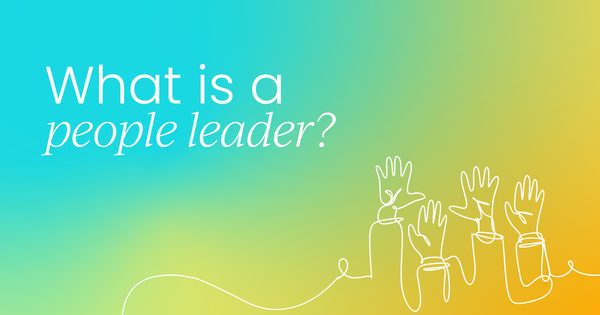For a long time, the archetype of leadership has been the executive in the corner office: directive, decisive, and results-driven.
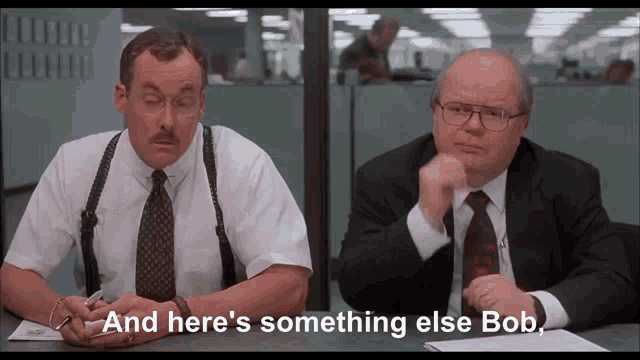
Well, that model is pretty much defunct in modern companies. Things have changed a lot (hybrid and remote work rose across the world, employee expectations have shifted, etc.) so leadership must evolve with the times.
“A modern people leader is somebody who is flexible. We are in such rapidly changing times and knowing that what worked last year or the last decade may not be the right approach for the future. I think that’s a really important mindset and orientation.
“It’s somebody who really cares about people and the people that they're serving and can really engage with a deep amount of empathy and gratitude. They’re also really connected to the business, understanding business needs and the diversity of needs across businesses.” – David Landman, Founder of HR Elevate (ex-Goldman Sachs)
Defining “people leader” through the lens of HR
While many people might hold leadership roles, not all can be seen as people leaders. The distinction is clear:
- People leaders inspire trust rather than command obedience.
- They foster inclusion instead of reinforcing hierarchy.
- They prioritize wellbeing and growth over short-term metrics.
Great leaders make it easy for people to see how their own purpose fits into the bigger picture. When they clear the roadblocks instead of forcing strict rules, teams naturally do their best work.
That’s what real, lasting leadership looks like: building success on trust, connection, and just being human.
From managing to leading people
According to research by DDI, trust in leadership globally fell from 46% in 2022 to 29% in 2024. This is why the strategic shift from manager to people leader has to happen:
- Managers direct; people leaders guide.
- Managers enforce compliance; people leaders foster commitment.
- Managers prioritize tasks; people leaders prioritize people.
If your company wants to stay competitive, you have to rethink how you grow and support your leaders. It’s not enough to look at the results anymore. You need to look at how those results were achieved.
Did leaders bring people along? Did they show empathy, coach their teams, and create a sense of belonging? That’s the real measure of leadership today.
Shifting away from old-school hierarchies can definitely feel like a big leap, but it’s also a huge opportunity. If you lean into people-first leadership, you’ll hold onto talent and drive innovation and creativity, as well as build stronger, more resilient teams.
Delaying leadership development can cause a company’s profits to fall by 7% – it’s not a surprise, then, that 88% of orgs want to upgrade their leadership programs.
Core competencies of a people leader
To turn “people leadership” from a nice idea into something real and practical, HR leaders need to break it down into clear, teachable skills.
Think of these as the anchors guiding how performance is managed, how learning programs are built, and how future leaders are developed.
Emotional intelligence
An emotionally intelligent leader understands their own emotions and empathizes with others, which creates a space where employees feel safe to speak up, make mistakes, and propose ideas.
As a people leader yourself, you should integrate emotional intelligence into leadership assessments and coaching programs. For instance, why not offer workshops and 360-feedback for leaders?
Authentic connection
True people leaders know how to communicate clearly and openly, skipping the jargon and vague platitudes, and instead listening actively. When they give feedback, it’s not random or one-off, it's constructive, consistent, and focused on helping people grow.
That’s why it’s so important to train leaders in coaching-style feedback. You must encourage listening sessions and casual check-ins that make conversations feel two-way, not just top-down.
Inclusion mindset
Inclusion is something leaders have to practice every single day. Real people leaders make sure everyone on their team feels seen, respected, and valued, no matter their background or identity.
It’s important you give leaders the tools to spot and challenge bias, make fair decisions, and lift up underrepresented voices. And don’t forget to recognize and reward the leaders who truly walk the talk when it comes to inclusion.
Resilience and adaptability
When things get uncertain, employees look to leaders for steadiness. Strong people leaders don’t shy away from change; instead, they offer reassurance, communicate openly, and adapt while staying true to core values.
You must highlight this resilience in leadership reviews and celebrate leaders who are clearly role models for others, since their example sets the tone for everyone else.
Coaching and development
“Before you are a leader, success is all about growing yourself. When you become a leader, success is all about growing others.” – Jack Welch, Executive Chairman of The Jack Welch Management Institute (ex-Chairman and CEO of General Electric)
People leaders do more than just hand out tasks, they coach. They ask the right questions, help employees uncover their own potential, and focus on long-term growth, not just short-term wins.
Create mentoring programs and clear career pathways, and make sure managers are trained to actually support growth, not just give feedback and move on.
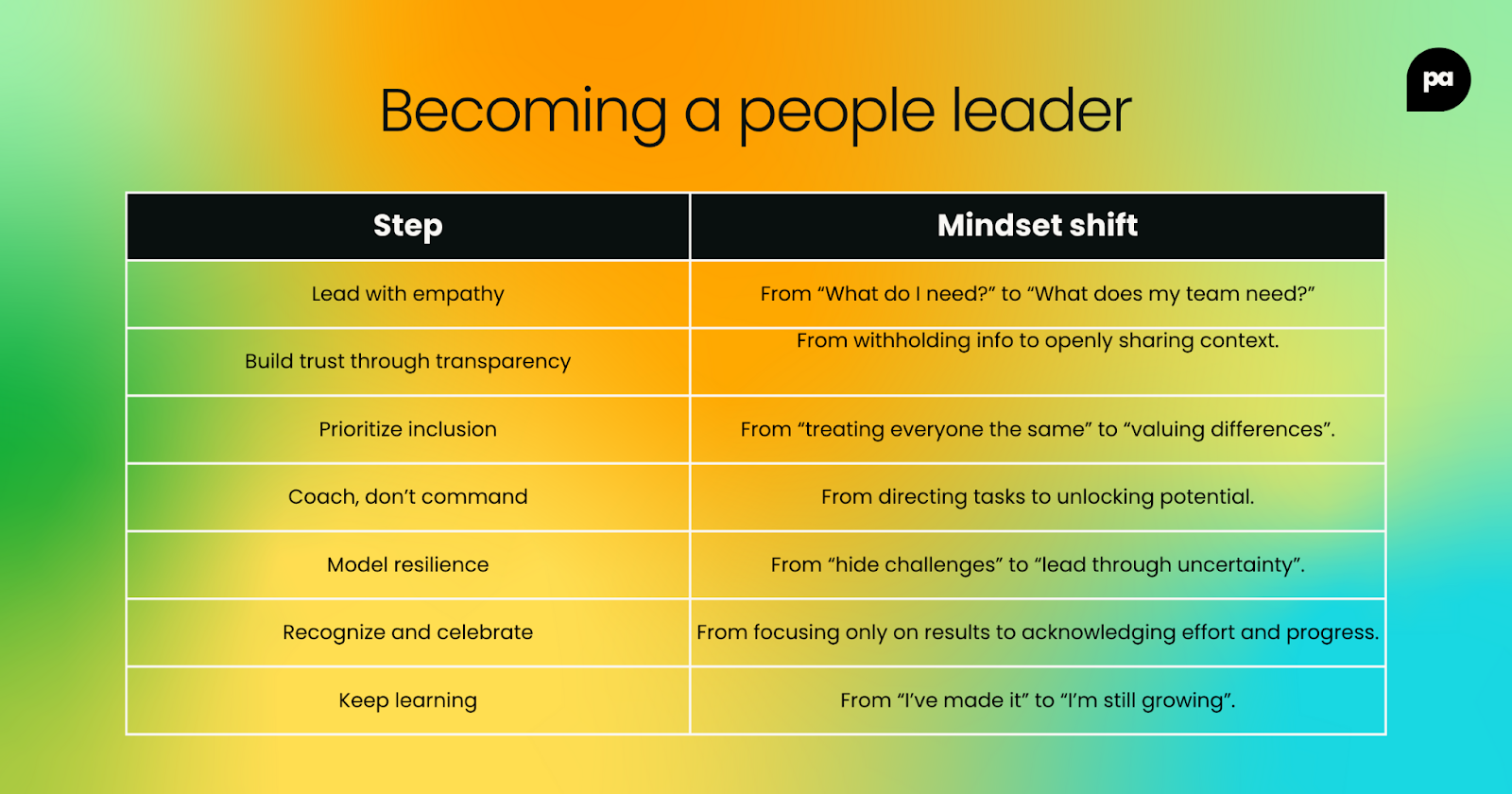
Culture and people leaders
Culture isn’t a slogan or a set of posters in the office (though posters can be a fun way to boost morale… if they’re not full of corporate lingo). Culture is what actually happens day to day.
And because leaders are always in the spotlight, their behavior sets the tone more than anything else. One leader out of step can chip away at trust, while the right leader can lift an entire team.
That’s why you can’t just “influence” culture; you need to hardwire people leadership into your company systems.
When performance reviews look at not just what leaders accomplish but how they get there, when recognition shines on the people who lead with empathy and inclusion, and when employees are given a real voice in evaluating their leaders, people-first leadership stops being optional.
It becomes part of the organization’s DNA. And that’s how culture shifts from accidental to intentional.
The future of people leadership
As businesses get more complex, the pressure on people leaders is only going to grow. Looking ahead, there are a few big shifts you’ll need to be ready for.
AI, data, and automation
People leaders will need to know how to use data to spot things like team trends, retention risks, and performance patterns.
But technology should never replace human judgment. The best leaders will use data as a tool while still leading with empathy, intuition, and common sense.
Generational and values shifts
It’s important to take into account how different generations think and act.
Gen Z, for example, are entering the workforce expecting a strong focus on work-life balance, with only 6% seeking to reach a leadership position, according to Deloitte. The same research found that 89% of Gen Zs and 92% of millennials consider a “sense of purpose” important to their job satisfaction and wellbeing.
In short, to thrive, you and your team have to be authentic, lead with values, and adapt as expectations change instead of holding on to old-school hierarchies.
Distributed, global teams
Remote and hybrid work are here to stay, which means a lot of teams are spread across time zones and cultures.
People leaders need to create ways for employees to feel connected and help them navigate cultural differences.
Ethical and values-based leadership
When the world feels uncertain (whether it’s economic, social, or climate-related) employees want leaders who stand for something.
So, people leaders are expected to speak up, take responsibility, and make choices rooted in values, not just ROI.
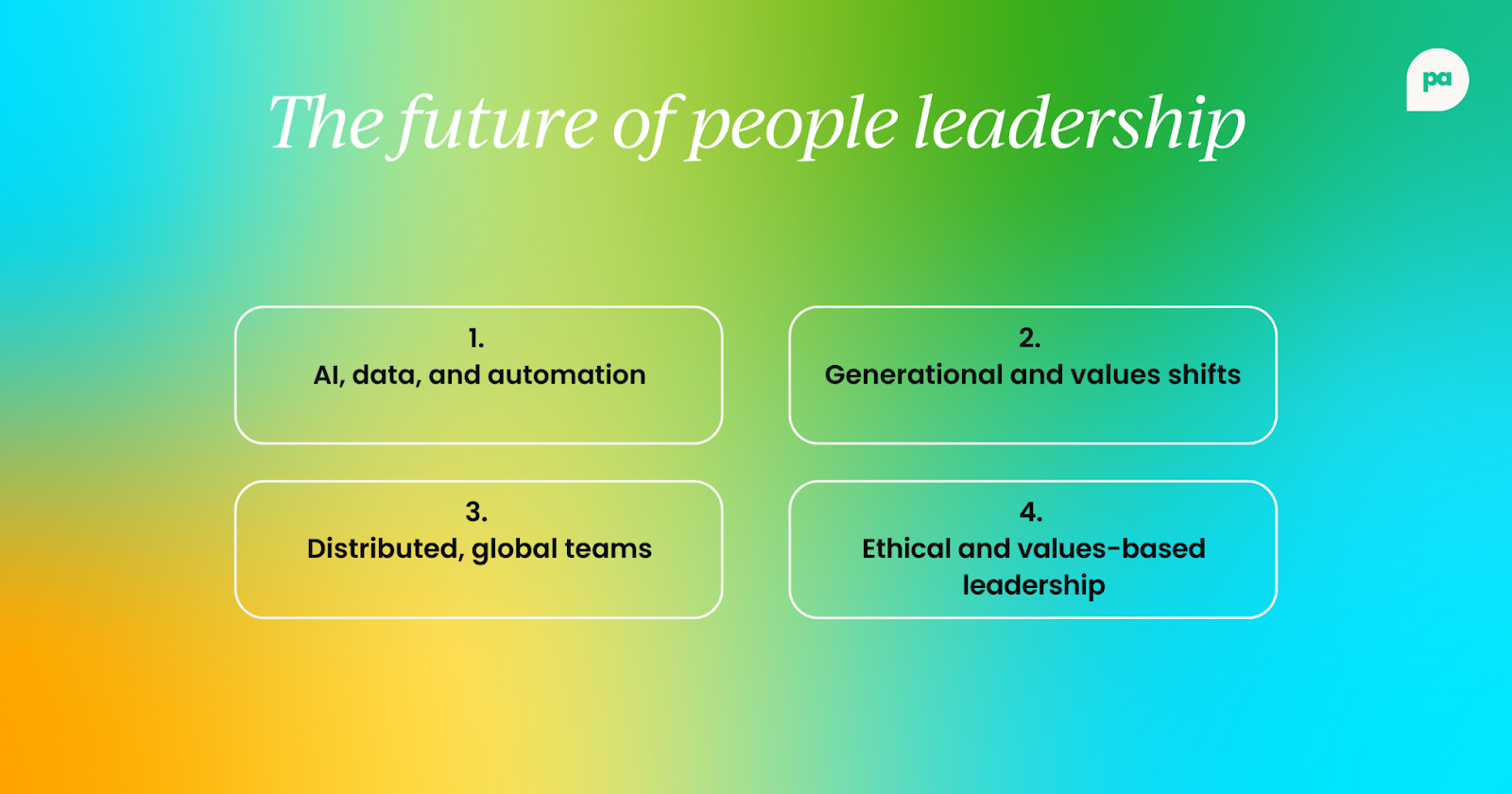
TL;DR
The old-school leadership model might have gotten results once upon a time, but it just doesn’t cut it anymore.
Employees today want leaders who are authentic, empathetic, and willing to grow right alongside their teams.
Leaders should start small, lead with intention, and focus on the humans in front of them, and, if they do that consistently, they’ll be a people leader.
Unlock a global network of people leaders who actually get it, sharing advice, ideas, and real talk for every challenge you face.
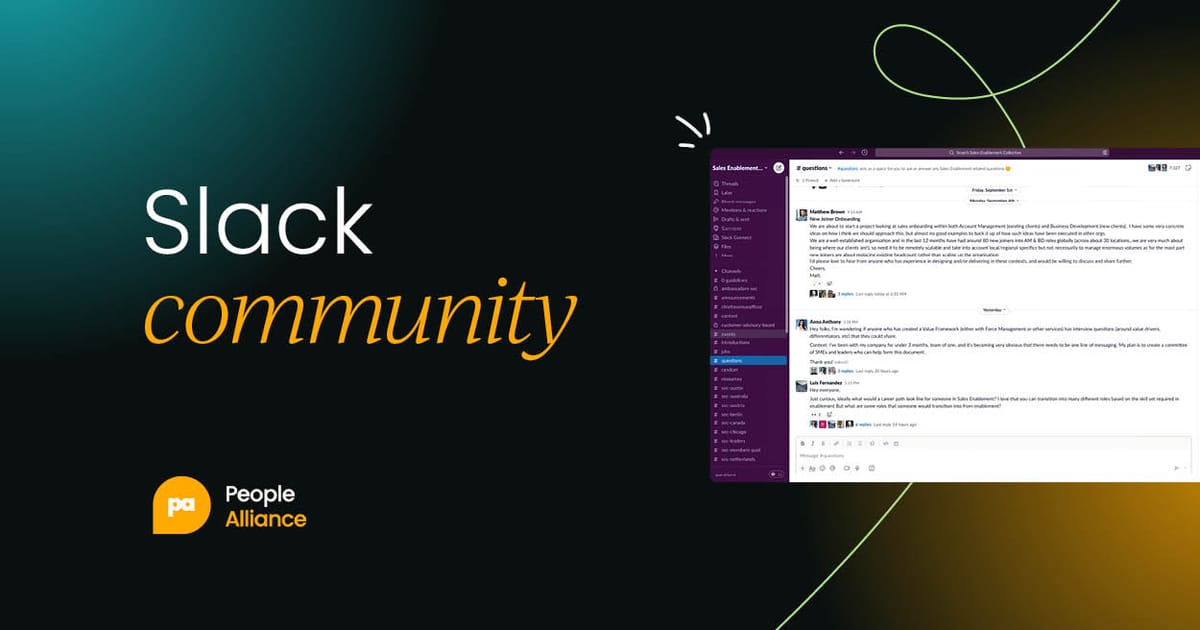



 Follow us on LinkedIn
Follow us on LinkedIn
